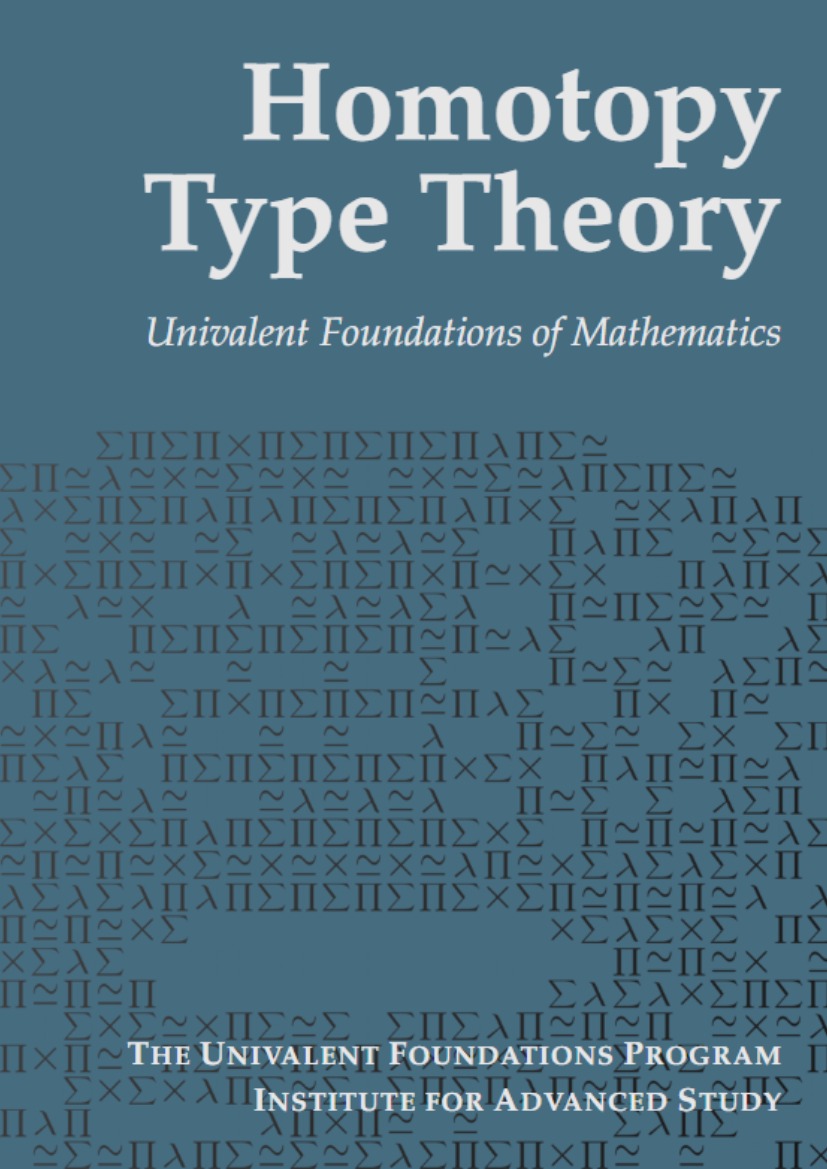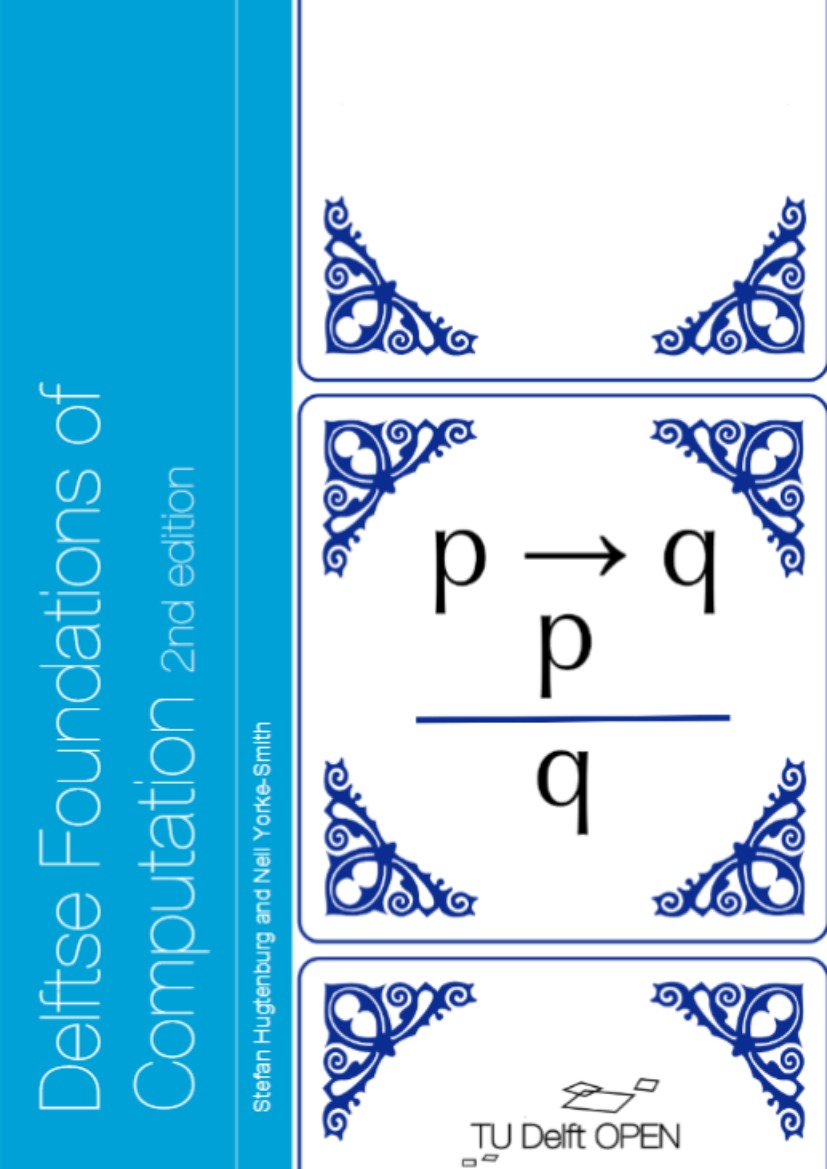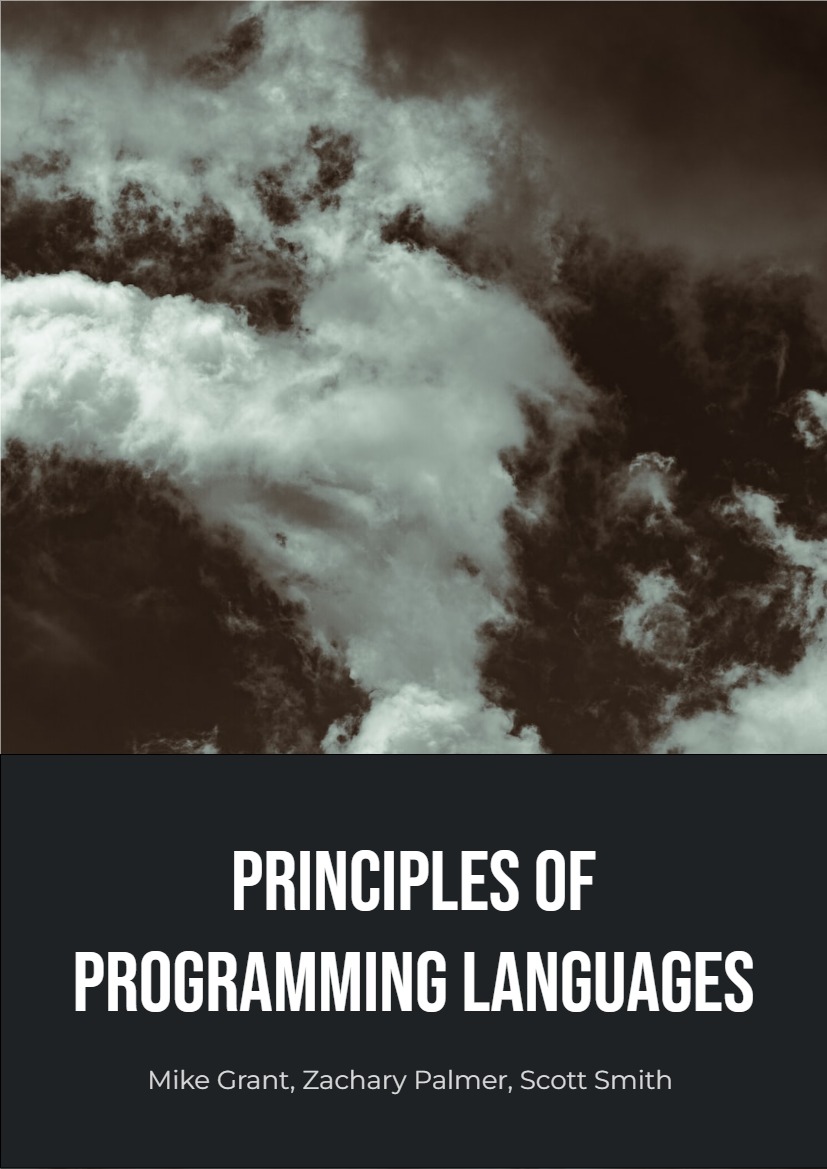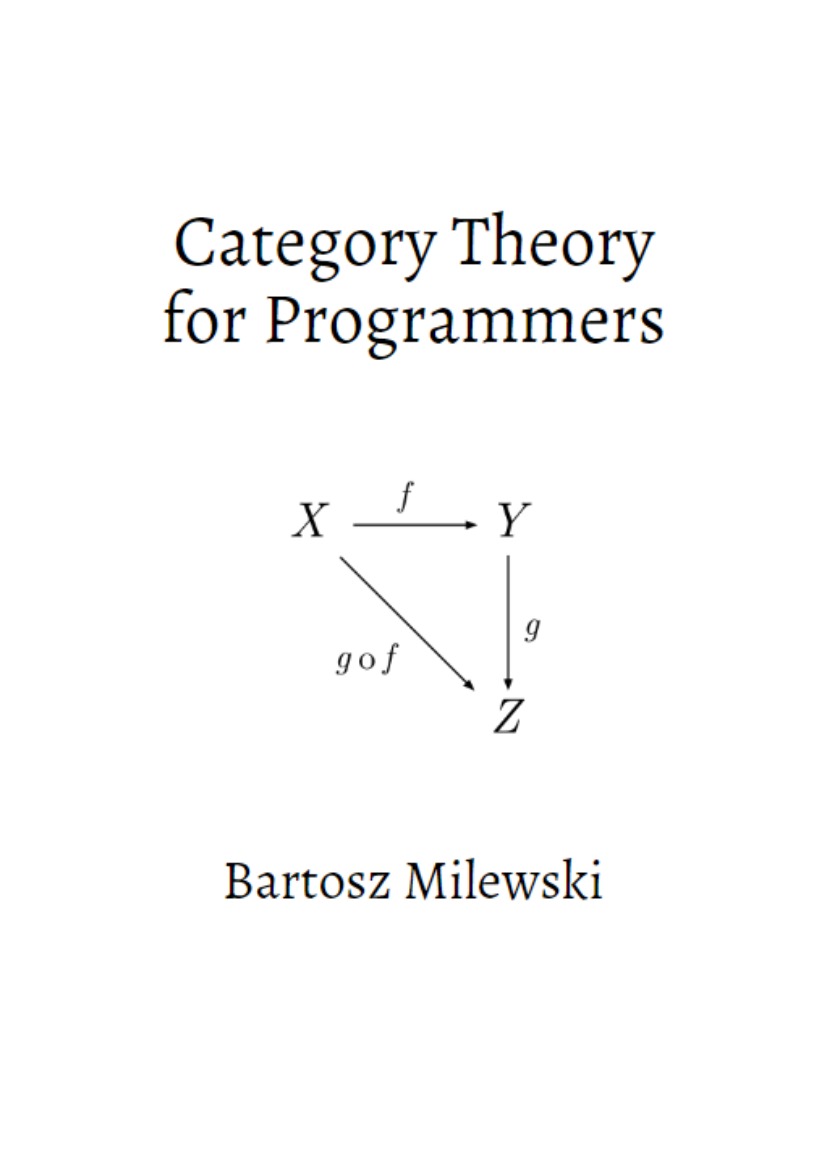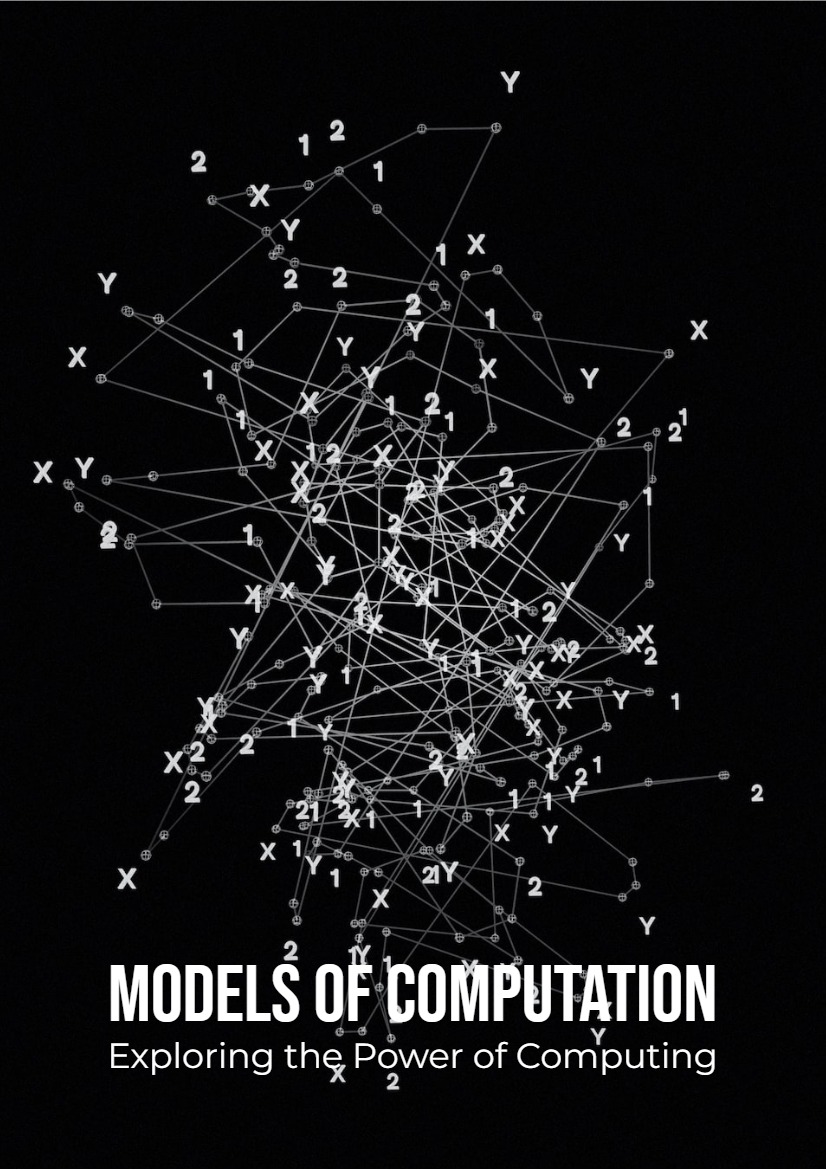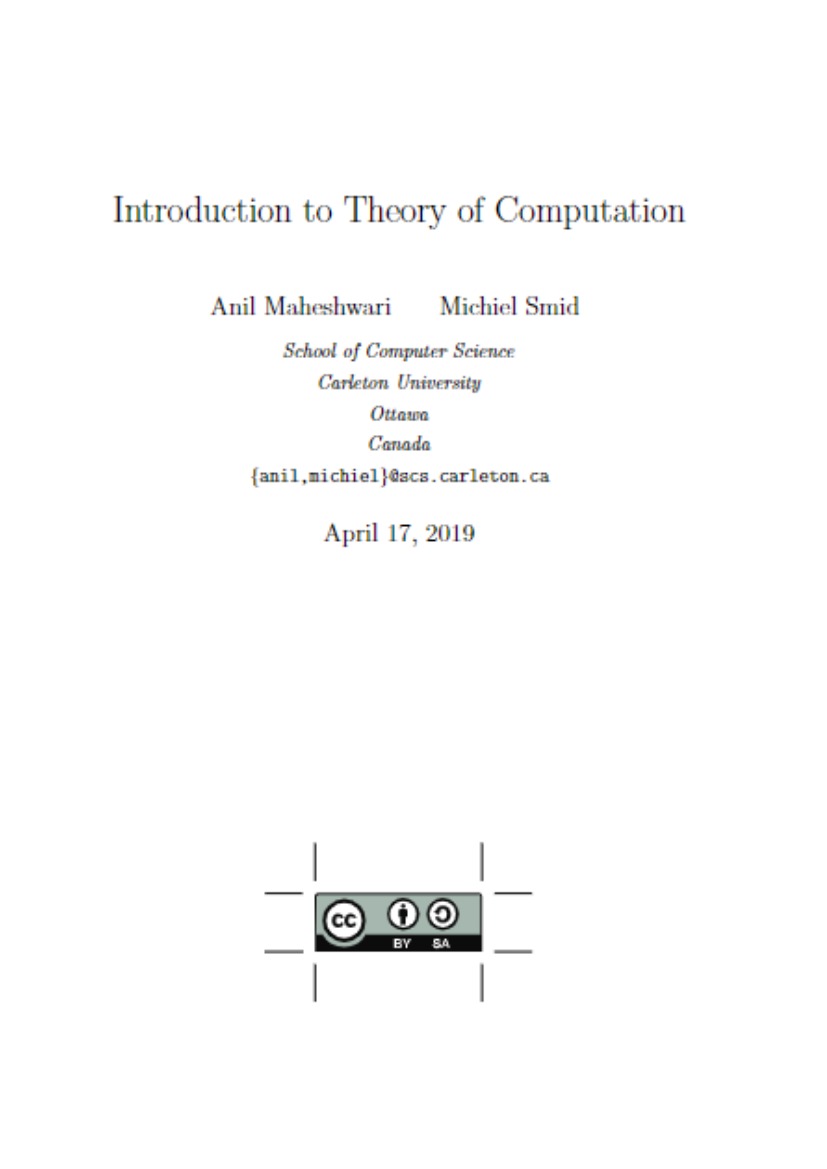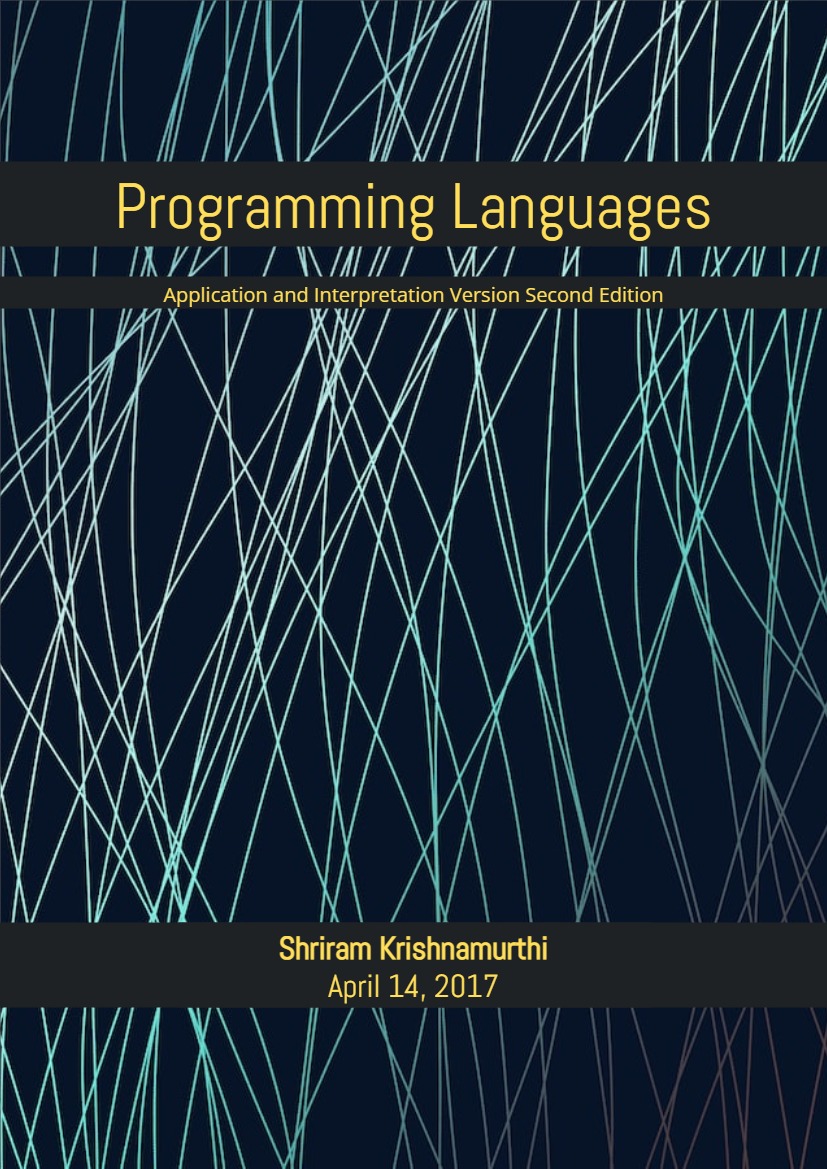Chapter 1 – Type theory
1.1 Type theory versus set theory
Homotopy type theory is (among other things) a foundational language for mathematics, i.e., an alternative to Zermelo–Fraenkel set theory. However, it behaves differently from set theory in several important ways, and that can take some getting used to. Explaining these differences carefully requires us to be more formal here than we will be in the rest of the book. As stated in the introduction, our goal is to write type theory informally; but for a mathematician accustomed to set theory, more precision at the beginning can help avoid some common misconceptions and mistakes.
We note that a set-theoretic foundation has two “layers”: the deductive system of first-order logic, and, formulated inside this system, the axioms of a particular theory, such as ZFC. Thus, set theory is not only about sets, but rather about the interplay between sets (the objects of the second layer) and propositions (the objects of the first layer).
By contrast, type theory is its own deductive system: it need not be formulated inside any superstructure, such as first-order logic. Instead of the two basic notions of set theory, sets and propositions, type theory has one basic notion: types. Propositions (statements which we can prove, disprove, assume, negate, and so on1) are identified with particular types, via the correspondence shown in Table 1 on page 11. Thus, the mathematical activity of proving a theorem is identified with a special case of the mathematical activity of constructing an object—in this case, an inhabitant of a type that represents a proposition.
This leads us to another difference between type theory and set theory, but to explain it we must say a little about deductive systems in general. Informally, a deductive system is a collection of rules for deriving things called judgments. If we think of a deductive system as a formal game, then the judgments are the “positions” in the game which we reach by following the game rules. We can also think of a deductive system as a sort of algebraic theory, in which case the judgments are the elements (like the elements of a group) and the deductive rules are the operations (like the group multiplication). From a logical point of view, the judgments can be considered to be the “external” statements, living in the metatheory, as opposed to the “internal” statements of the theory itself.
In the deductive system of first-order logic (on which set theory is based), there is only one kind of judgment: that a given proposition has a proof. That is, each proposition A gives rise to a judgment “A has a proof”, and all judgments are of this form. A rule of first-order logic such as “from A and B infer A∧ B” is actually a rule of “proof construction” which says that given the judgments “A has a proof” and “B has a proof”, we may deduce that “A ∧ B has a proof”. Note that the judgment “A has a proof” exists at a different level from the proposition A itself, which is an internal statement of the theory.
The basic judgment of type theory, analogous to “A has a proof”, is written “a : A” and pronounced as “the term a has type A”, or more loosely “a is an element of A” (or, in homotopy type theory, “a is a point of A”). When A is a type representing a proposition, then a may be called a witness to the provability of A, or evidence of the truth of A (or even a proof of A, but we will try to avoid this confusing terminology). In this case, the judgment a : A is derivable in type theory (for some a) precisely when the analogous judgment “A has a proof” is derivable in first-order logic (modulo differences in the axioms assumed and in the encoding of mathematics, as we will discuss throughout the book).
